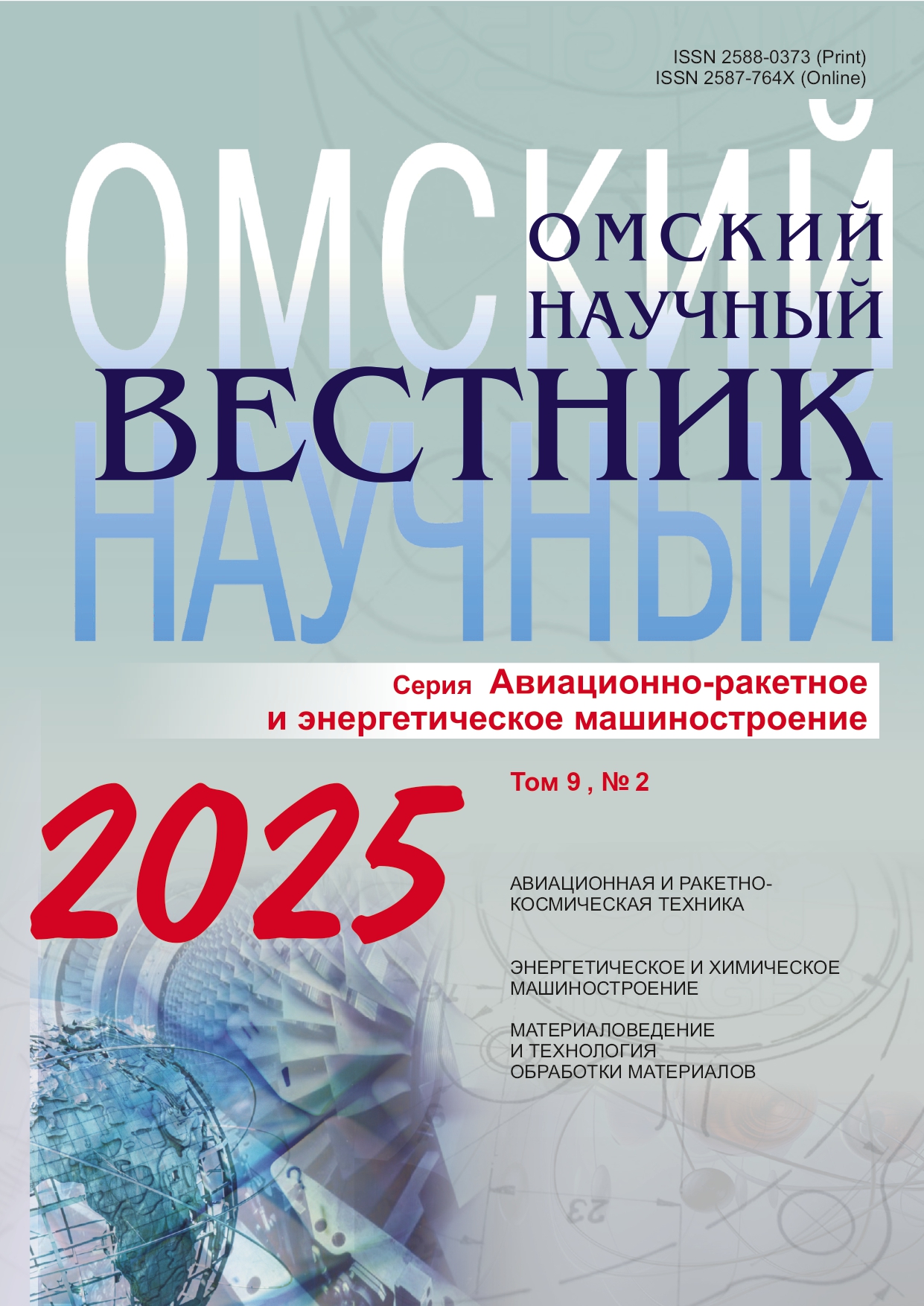Обзор применения систем геотермальных тепловых насосов в зданиях
DOI:
https://doi.org/10.25206/2588-0373-2025-9-2-48-60Ключевые слова:
геотермальный тепловой насос, грунтовый контур, коэффициент теплопроводности грунта, открытый контур, горизонтальное бурение, вертикальное бурение, коэффициент эффективности теплового насоса, требуемая тепловая нагрузкаАннотация
Геотермальные тепловые насосы представляют собой энергоэффективную и экологически безопасную технологию, применимую как при строительстве новых объектов, так и при модернизации существующих зданий. Их работа основана на использовании возобновляемой тепловой энергии Земли, что снижает воздействие на окружающую среду. В статье рассматриваются теоретические и практические аспекты применения геотермальных тепловых насосов в системах отопления зданий различного назначения. Основное внимание уделено анализу конструктивных решений, принципов функционирования, а также факторов, влияющих на эффективность систем, таких как теплопроводность грунта и климатические особенности региона. Рассмотрены различные типы геотермальных систем: горизонтальные, вертикальные и открытые контуры. Также приведены примеры реализованных проектов в климатически различных регионах России (Москва, Мурманская область, Камчатка, Сочи). В статье подчеркивается необходимость комплексной оценки экономической целесообразности внедрения систем с учетом долгосрочных показателей эффективности и региональных условий (климатические условия — геологические и гидрологические характеристики; экономические факторы — стоимость электроэнергии или топлива, стоимость рабочей силы и строительных материалов, а также государственная финансовая поддержка).
Скачивания
Опубликован
Как цитировать
Выпуск
Раздел
Лицензия
Неисключительные права на статью передаются журналу в полном соответствии с Лицензией Creative Commons BY-NC-SA 4.0 «Attribution-NonCommercial-ShareAlike» («Атрибуция-Некоммерчески-СохранениеУсловий») 4.0 Всемирная (CC BY-NC-SA 4.0)




